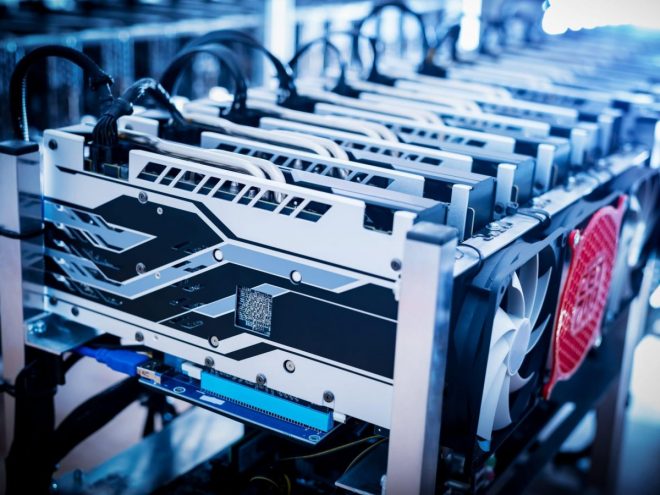
What is the relationship between bitcoin and mining?
When discussing the emergence of new bitcoins, the term “mining” is frequently used. This parallel derives from the fact that bitcoins, like gold, cannot be created synthetically or from start; instead, fresh bitcoins must be obtained through a “mining” process or effort.
Read more: What is the Lightning Network
I’ll explain why this analogy and the term “mining” aren’t totally accurate and were badly chosen in this essay.
Site of extraction
The mining process is frequently heard and read, particularly in the mainstream media, to entail producing new bitcoins and putting them online.
However, this is really a side effect that has nothing to do with the true objective of the extraction.
Mining is the process of verifying, processing, storing, and protecting bitcoin transactions in its most basic form. When network participants (known as miners) contribute their work to these points (also known as “proof of work”), they are rewarded for their efforts with a fixed maximum number of freshly produced bitcoins connected to their license to deliver their own address. The “Coinbase transaction” refers to the payment of fresh bitcoins as a reward.
What is the process of mining?
Because the transactions that must be processed on the network are organized and aggregated into blocks, the blockchain is named blockchain. These blocks are then linked together using cryptographic means, ensuring that any changes to the first block invalidate all future blocks. As a result, the more subsequent blocks that are joined with that block, the more dependable the block data becomes.
A new block must be valid according to specific parameters before it can be appended to the end of this chain. The miner’s task is to find the right block, fill it with the right transactions, and distribute it to the network.
Finding the correct block is similar to solving a puzzle with only one missing piece. The difficulty is that you have a big stack of potentially identical puzzles, and you now have to go through them one by one until you discover the right one and the puzzle is finished (or in this case: the block is correct).
It’s a race to find the right puzzle component
Many miners utilize their computers at the same time in the Bitcoin network to discover the proper piece to complete the puzzle. Some computers are so adept at trial and error that they can test trillions of riddles in under a second. The mountain of puzzles kept on the internet, on the other hand, is so big that it takes an average of 10 minutes for one of the miners to discover the proper piece. Try to image the scale of this pile now… And the larger the group, the better.
Every 2016 blocks, the algorithm checks if the stack is too huge or too small for the current number of friends in the puzzle and changes it accordingly.
Because solving so many riddles takes so much work, the miner who finds the correct piece first is eligible for a bitcoin prize. This gives an incentive for as many people to participate as feasible.
Security enigmas
As previously said, the mining engine must also ensure the security of your network. The system is self-regulating, as previously stated. The more the motivation to engage, the higher the bitcoin price. As the level of incitement rises, so does the number of participants and, as a result, the size of the audience to be rated. More intricacy necessitates more energy expenditure, resulting in higher expenses for a single miner.
When bitcoin’s price is high – and hence potentially more attractive to attackers – this process assures that as many people as possible are participating in locating the proper piece of the puzzle to spread network security over many arms.
Because a person who wants to cheat the network must be able to guess faster than all of the other network members combined, which becomes more difficult as the number of players grows, the same thing happens with the increase in pricing and hence the increase in prices. Defrauding an actor gets more difficult and expensive as the number of miners grows. This is why mining or proof of work is so valuable.
